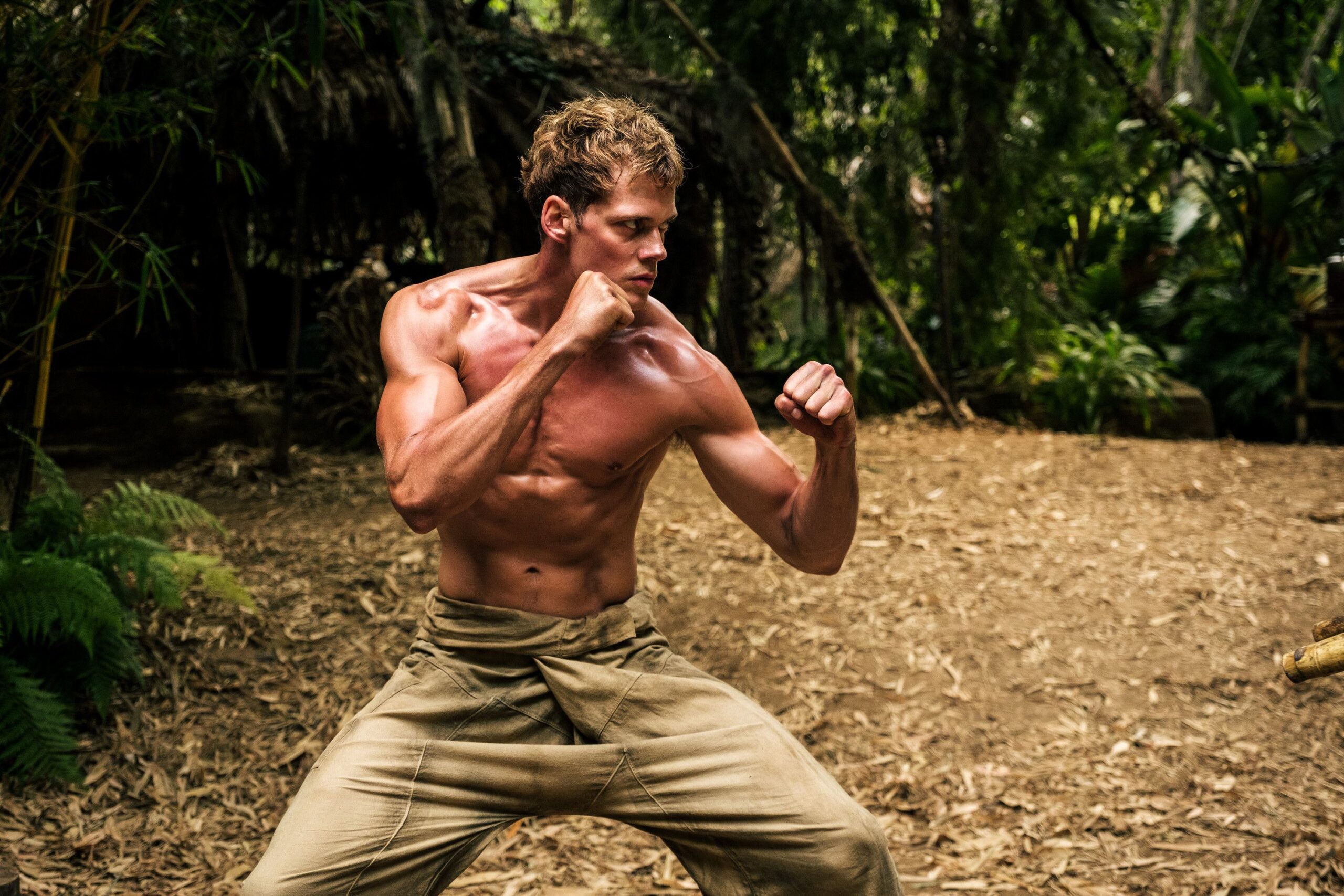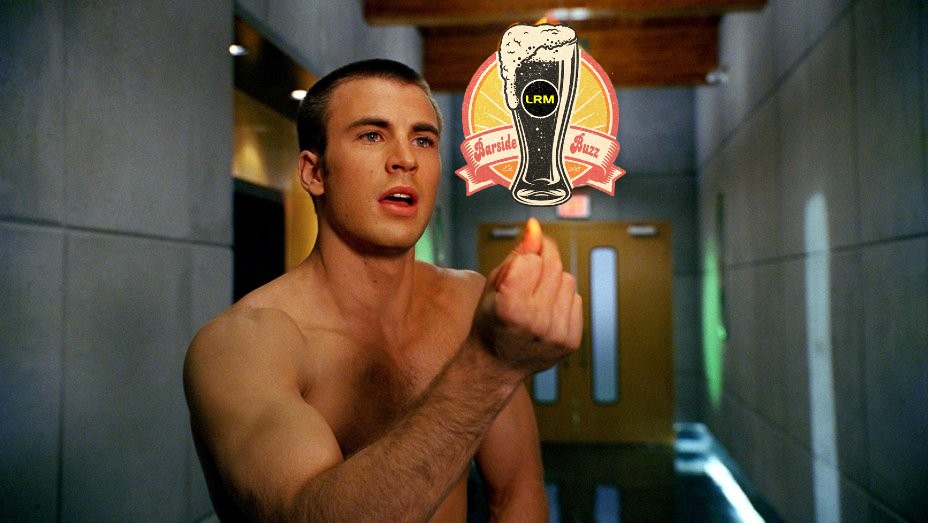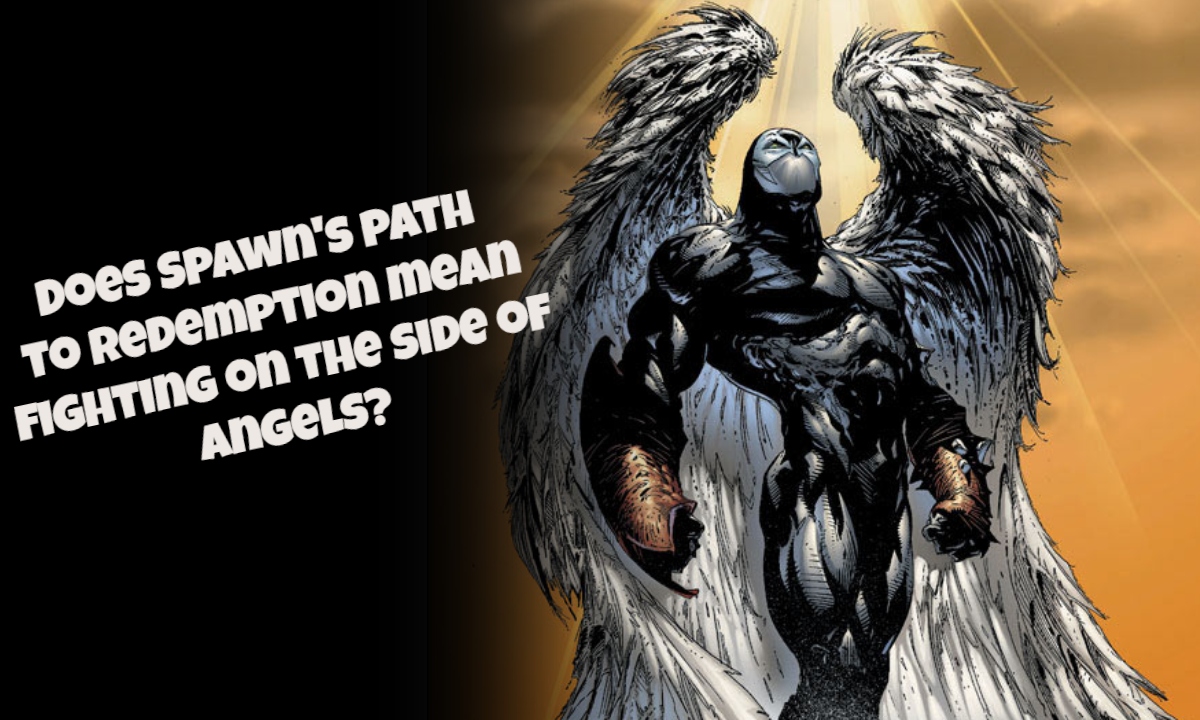![]()
In 2014 Take-Two Interactive hired Bill Jemas to spear head a new comic book imprint called Double Take Comics. Now two years later Double Take Comics has created over 10 different comics all linked together in a common universe. In 2015 the property of “Night of the Living Dead†went into public domain and Double Take decided to adopt their comics into that universe. It was that decision that Bill Jemas said turned around the company and began creating great stories. It started out as ten stories all linked together by zombies to connect the characters together. Now after a year of publishing digitally and print, Double Take is releasing all sets in graphic novel form. Bill Jemas took time out of his busy schedule to sit down and talk with LRMonline.com about the journey he has been on with Double Take along with Lead Editor Mike Coast telling us what makes Double Take different than other comic book publishing companies.
Can you guys describe the journey you have been on with this project and Double Take?
Bill: Let me back up a little bit on the time table, 2013 Take-Two hired me to start up an internal comic book company. Mike Coast was our first employee and was doing certain comics. We spent, I am not completely embarrassed to say, a year making mistakes. I actually don’t know that when you’re in the creative industry that it is actually a mistake. I think it was try a lot of things with an open mind and then you have to be objective about whether your work is worth publishing or not. So we spent a year or so trying things and developing things that none of which that Mike and I thought was good enough to print, or let alone publish digitally. Then Mike knew that “Night Of The Living Dead†was in the public domain. He had the idea that we do a set of stories that starred in the “Night Of The Living Dead†universe and that’s where we started pretty much at the end of 2014. Then we had a blast, I like to joke that we let our imaginations and our zombies run wild, but the first few month were wide open creativity. We had hundreds, literally, of writers, artists, pencilers, colorers contributing a lot of ideas. We did a lot ground work and then September of 2015 we launched the universe with a big bang. We published both digitally and in print, the digital version you can see on our website on doubletakeuniverse.com and look through it. We, I am pretty proud to say, created the first native local comic book player, so we created the first stories and technology so that you could easily read a comic book on a cell phone. A typical comixology comic book takes a 6×10 comic book sheet and tries to jam it into a 3×2 cell phone. We don’t try to do that, we start with panel by panel and then we expand to larger comic book pages. The huge advantage of that, which we found out by accident, is that as you are flipping on your cell phone the characters jump to life. We never thought that was going to happen, it just kind of happened. The more we did it, the more fun we had so now by the time we got to our 5th issues they animate really well and the quality improved a lot. So time table wise we shipped our first ten books in one big bang in September 2015. We even packed them together in what we call SuperPacks. So are comics are priced at $2.50, but if you are willing to buy ten all at once in a SuperPack you can get those for $20. That equals to $2 a comic book, which is roughly half the price for a Marvel or DC book. Then we found out we kind of had the first binge reading in comic books, so fans would buy all ten books and just plow through them. The surprise that they got is that our books designed so that if you pick one up and read it you can just understand that book. When you read the next book you realize that it is a comic universe, that guy that gets into a car crash in Honor he is being rolled into the emergency room in Medic. It was binge reading in an interconnected universe with both a monthly print comic book and a brand new digital player. That whole process took a year, we created 15 issues with 5 for each series and we shipped our last one in August. Then we took a month and we played director. Rather than just collecting the books into graphic novels, we took them apart and put them back together. The artwork in the first issues were respectable but we went back and redrew a lot of the first and second issues. Then we went back into the directors cuts, we took whole scenes from one comic book and placed it to where it belongs in other books. Mike will explain a little more on the editorial side.
Mike: It’s kind of three main things one that Bill touched on with touching up the art. Going back with the team of pencilers, colorist, and some of the original team and just really taking the books and revamping them. Making the first issues just as good as the fourth and fifth issues. The other thing was on the writing end. As we flipped through our single issues we noticed that we did a pretty good job of our main characters speaking. But often time there’s all these background characters who aren’t saying anything who really didn’t have a life on their own. So we tried to bolster those characters, tried to fill up the pages with dialogue, and add new stories along with new connections. One of the benefits of doing that after the fact is you know what’s going to happen in the future issues and drop hints going from one series to the other. Then we just reordered some of the scenes, if you take a look at “Honor†with Fred, we took scenes that were like teasers in the single issues but in the graphic novel we can present it in an optimal way.
With the comics being independent but in a connected universe are there plans for a big comic crossover?
Mike: We have a little bit of that already, we made sure to do that in the first set. Like in “Z-Men†when they first come to town and they try to find the chief. They find him in the burning bodies, that the chief from “Honorâ€. In the future tense, yeah we plan on doing that to keep the connected universe going as we shift from the 1960’s into the next set of issues. It will still be an inter-connected universe, the events that took place will still resonate in the present day.
Bill: The only gloss I would put on that is we don’t want to do is what DC and Marvel do when they are at their worst. Where they create what they call an event, where every writer in the universe has to lock step with each other. They ship 50 books at the same time and you have to read all 50 books at the same time to understand any of them. I think that is horrible and short sided. It’s very funny, I never let us do that when I was at Marvel, 4 years I was at Marvel and we never did a single crossover. Almost the day I left the guys did a crossover, because it is such an easy way to make short-term money. Because your core fans do go and buy all 50 books, but I don’t think it’s really good to do for new fans. I think that one thing in the comic book industry you always have to keep track of is we really have to cultivate new fans. They are not going to come bite us on the ass. So when you do the big crossovers you’re telling new fans that you aren’t really eligible for this. I don’t think that is a good idea.
I agree, that’s a valid point. I think just alone having it set in the “Night of the Living Dead†was a smart move because it made it an easier read because almost everyone knows about Zombies. Did it make it easier once you picked up “Night of the Living Dead†to lay out storylines?
Bill: It really unstuck us creatively; it got the creators really enthusiastic. We asked one of our lead writers Jeff, “What do you think of “Night of the Living Deadâ€?â€. He was embarrassed to say that he had watched it 40 times. A lot of creators loved the movie so that gave us a boost. One of the other things that gave us a boost was filling in the comic books with true stories. We recruited at least a dozen of really good oral storytellers, lots of whom are Grand Slam Winners from the Moth Story Hour and other artists who told stories on Snap Judgment. Really good oral storytellers and the fun part about their stories is that they are true. So when you’re reading a zombie comic book, you’re also hearing these wonderful oral stories that the characters are telling to each other. That was one of the innovations that got us to speed.
Whose idea was it to use the 1960’s ads and the Primetime TV Guides pages from the 1960’s, because it really gave you that extra feel that you were in the 1960’s?
Bill: Let me give you a general answer and then Mike can correct me. I get up really early in the morning and write down every possible idea I can think of. Then when I get to the office I throw it all at the staff and they only take about 10%. This idea falls into that category of I wanted the comic books to feel like a magazine instead of an indie book that has 20-22 pages of content and then they don’t know what to do with the other 12 pages. We thought it would be nice to sweat the work out and give the reader a real sense of 1966. So we thought all of those Then and Now, Primetime, High Tech ads gave you the feel like you were walking in the shoes of a 1966 character. My favorite one is the Record Club and Book Club.
What would you say makes it different working for Double-Take than other comic book companies?
Mike: Let me start by saying I have a very limited scope since the only comic book publisher I have worked for is Double-Take. From what I have heard and the sense that I get is that the fact that we have our own in-house artist doing the layout right here. They come to all the meetings and the office everyday. I sit next to one of them in the office. The fact that we have that is something I don’t think that many if any other comic book company have. Usually you have a writer who has a script and describes what they want to see on the page. They are trying to be director, writer, cinematographer, and costume designer, everything all in one. With our layout artist they can take on some of that burden. They can do the main visual stories while the writers and editors can worry more about the plot and scripting. It really is a team effort; the fact that a lot of people get credited on these books is an example. Sometimes it is looked as there are too many cooks working on these things but it is really a team effort. Everyone is sitting in these meetings and puts these books together so that is why there are larger creative teams.
Bill: What is so funny about that comment is that all the best television shows all have multiple writers. It is very rare that you have one person that does top to bottom on a show. There is certainly a lead, Mike and I pretty much divide between the books. The way we serve is there are certain books that we run. I will make suggestions to Mike that he is in charge of but ultimately he makes the decision. Or the committee makes suggestions to a book I oversee that I have to pick and choose what is best for the story. While there are leads for every story it is really at the core a team effort in making these books.

 FOR FANBOYS, BY FANBOYS
Have you checked out LRM Online’s official podcasts and videos on The Genreverse Podcast Network? Available on YouTube and all your favorite podcast apps, This multimedia empire includes The Daily CoG, Breaking Geek Radio: The Podcast, GeekScholars Movie News, Anime-Versal Review Podcast, and our Star Wars dedicated podcast The Cantina. Check it out by listening on all your favorite podcast apps, or watching on YouTube!
Subscribe on: Apple Podcasts | Spotify | SoundCloud | Stitcher | Google Play
FOR FANBOYS, BY FANBOYS
Have you checked out LRM Online’s official podcasts and videos on The Genreverse Podcast Network? Available on YouTube and all your favorite podcast apps, This multimedia empire includes The Daily CoG, Breaking Geek Radio: The Podcast, GeekScholars Movie News, Anime-Versal Review Podcast, and our Star Wars dedicated podcast The Cantina. Check it out by listening on all your favorite podcast apps, or watching on YouTube!
Subscribe on: Apple Podcasts | Spotify | SoundCloud | Stitcher | Google Play



